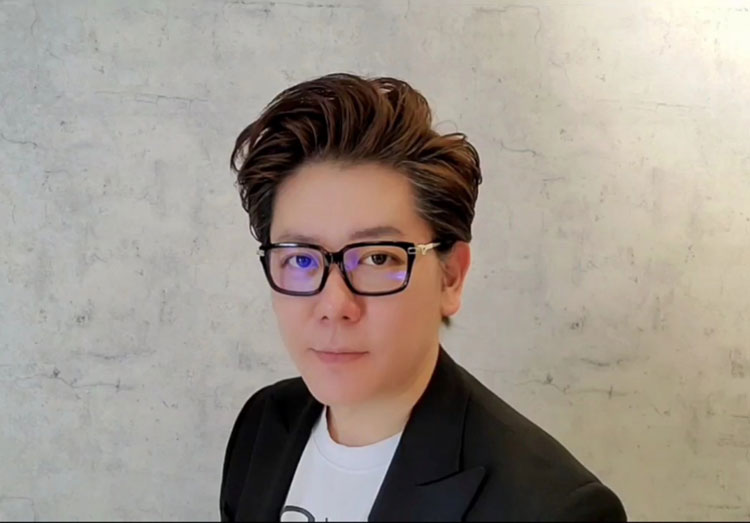
Steve Chao, Founder and Ceo, Turing Industries
The Daily Download: How are neuromorphic computers different?
Steve Chao: Neuromorphic computing was designed to address the Von Neumann bottleneck problem (the limitation on throughput caused by standard personal computer architecture). Its main calculation method is based on spiking neural networks which runs sparse connectivity between artificial neurons in the neuromorphic core.
Its main purpose is to perform faster computation with less power consumption. Neuromorphic computers are seen as an addition or improvement to classical computers and in no way a replacement for them.
DD: Will neuromorphic computers be available for purchase anytime soon?
SC: Neuromorphic Computers will be commercially available in three years, however for neuromorphic computers to be useful the ecosystem of algorithms will have to play catch-up as well.
Like Quantum computers, the hurdle lies within the practical use cases for it. Neuromorphic computers may look the same as our laptops or mobile phones because they will ultimately house a computation chip with a heterogeneous architecture encompassing classical computing cores along with neuromorphic spiking neuron cores.
DD: Will we see the wide use of a quantum computer brute force encryption algorithm?
SC: A full error-checking quantum computer is at least 10 years out. By then, encryption tech may figure out ways to utilize quantum computing to generate private keys. All tech research regardless of its fields will evolve over time so it’s difficult to provide a firm answer to that definitive question.






